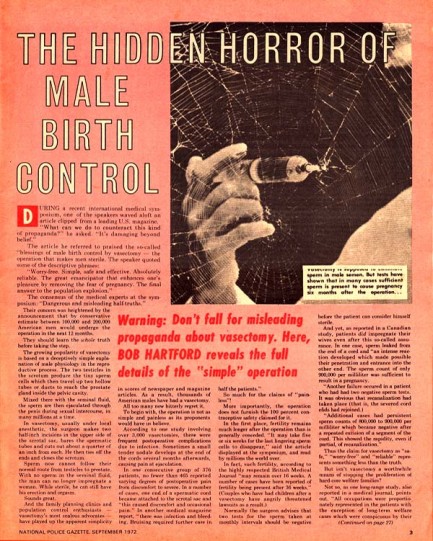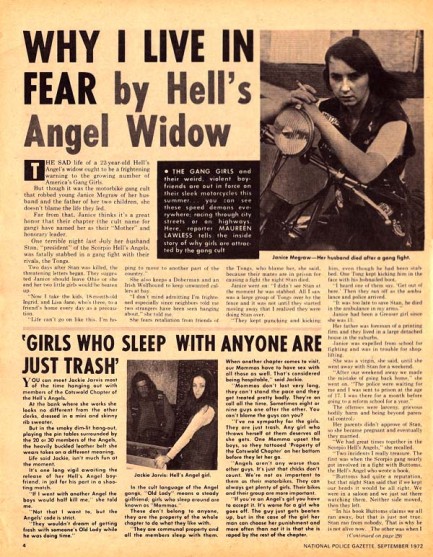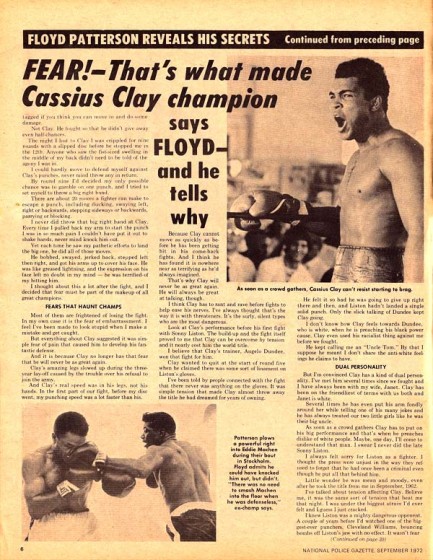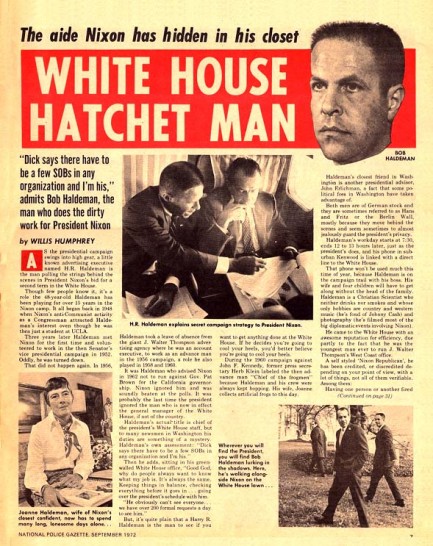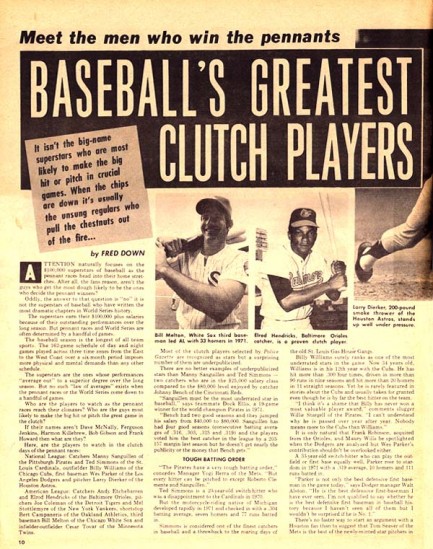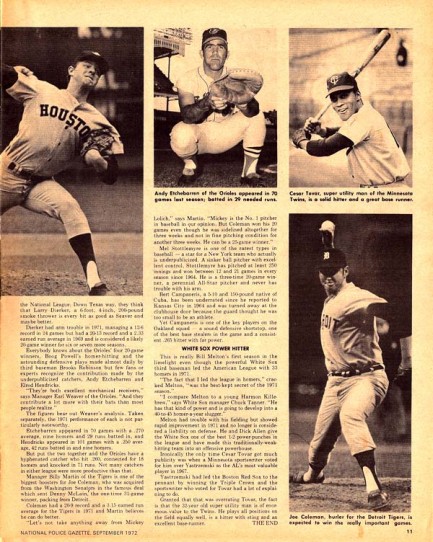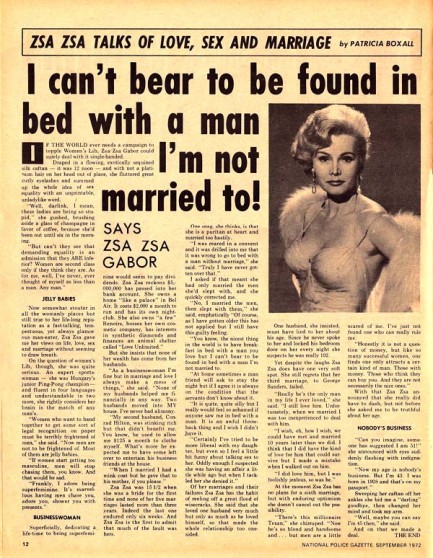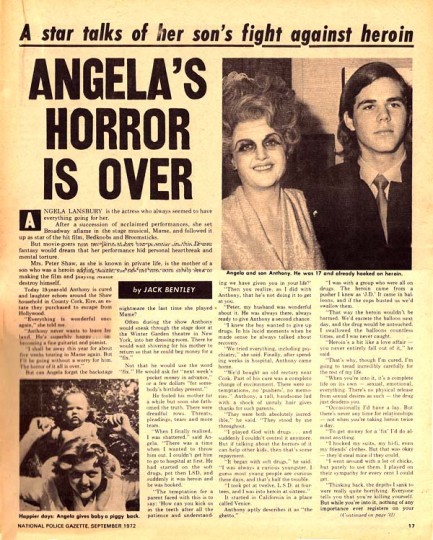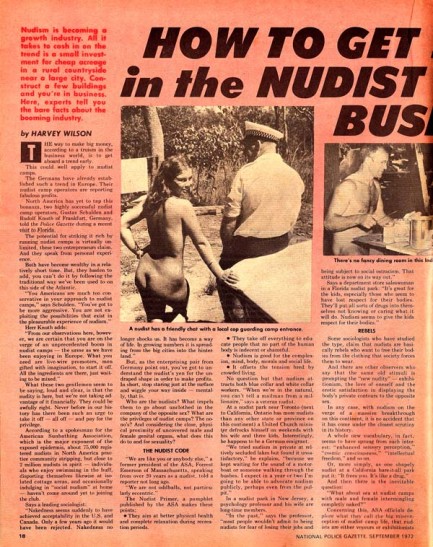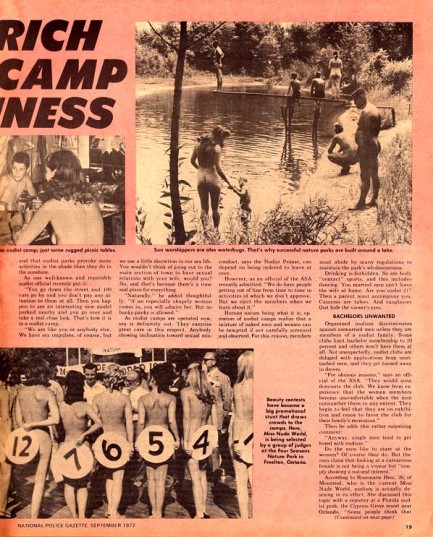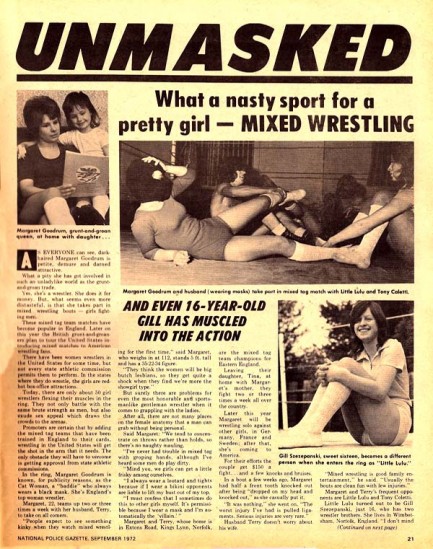| Vintage Pulp | Sep 3 2022 |

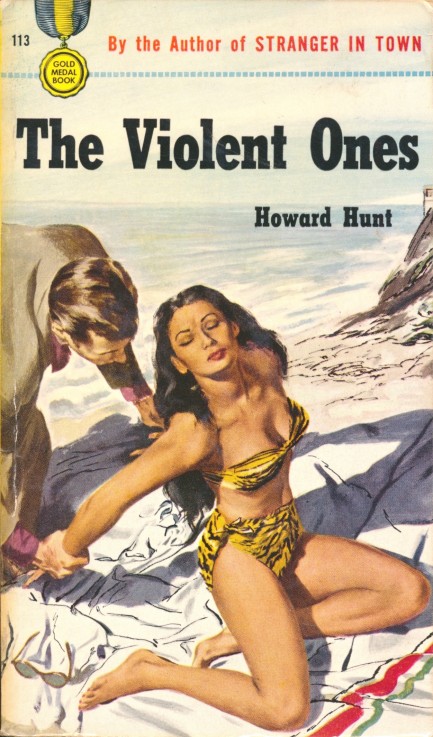
Above is a Barye Phillips cover for Howard Hunt's 1950 novel The Violent Ones, about World War II vet Paul Cameron, summoned by his buddy Phil Thorne back to Paris, where they spent part of the war. Thorne needs help with an unspecified jam, but he's killed not long after Cameron arrives, who then vows revenge against any and all. There's nothing subtle here. He turns bull-in-china-shop, knocks heads, gets knocked, uncovers commies, and manhandles various women—who fall for him anyway. The murder has to do with the smuggling of gold to Hanoi. Cameron mocks the head smuggler at one point, “So now you're sending gold to your cousins in Indo-China so the Little Brown Man can come into his own?” Hunt couldn't imagine Vietnam escaping the western orbit, but it happened anyway. That's irony. He's an intriguing author and a uniquely interesting man, which means he may appear here again.
| Vintage Pulp | Nov 5 2018 |

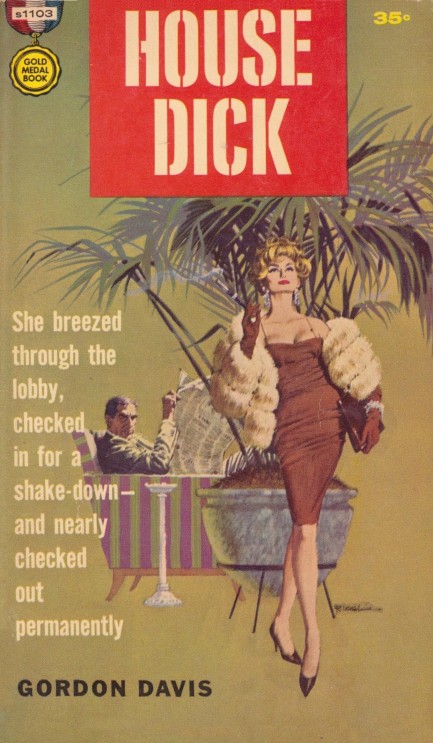
| Vintage Pulp | Apr 29 2018 |

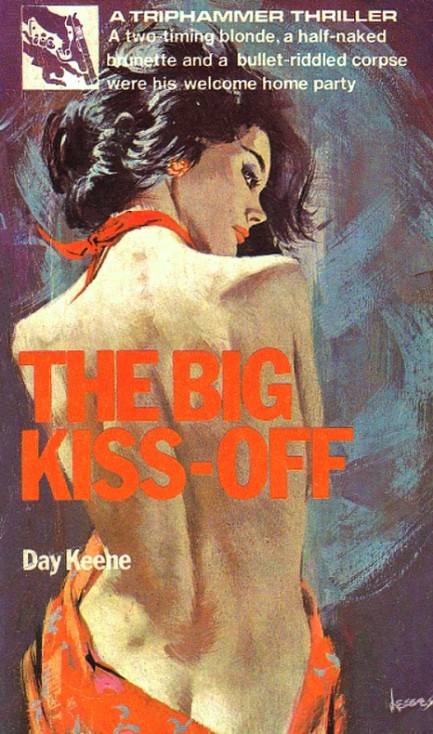
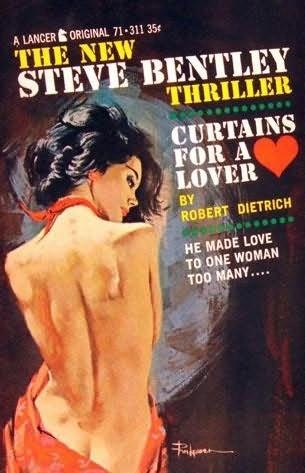 With a setting in the endlessly fertile (for genre fiction) Louisiana bayou, and a narrative that wastes no time putting Cain in hot water, The Big Kiss-Off keeps the pages turning. It originally appeared in 1954 but the above edition was published in 1972 by Triphammer Books in Britain, with nice art by Ron Lesser borrowed from Robert Dietrich's (E. Howard Hunt's) 1962 Lancer Books thriller Curtains for a Lover. Notice how Triphammer erased part of Lesser's distinctive signature. That was obviously to keep the figure on their cropped art from looking crowded by the lettering, but we imagine it still annoyed Lesser. You can see a U.S. cover for The Big Kiss-Off in this collection of Day Keene novels we put together back in 2009.
With a setting in the endlessly fertile (for genre fiction) Louisiana bayou, and a narrative that wastes no time putting Cain in hot water, The Big Kiss-Off keeps the pages turning. It originally appeared in 1954 but the above edition was published in 1972 by Triphammer Books in Britain, with nice art by Ron Lesser borrowed from Robert Dietrich's (E. Howard Hunt's) 1962 Lancer Books thriller Curtains for a Lover. Notice how Triphammer erased part of Lesser's distinctive signature. That was obviously to keep the figure on their cropped art from looking crowded by the lettering, but we imagine it still annoyed Lesser. You can see a U.S. cover for The Big Kiss-Off in this collection of Day Keene novels we put together back in 2009.| Vintage Pulp | Jan 5 2016 |

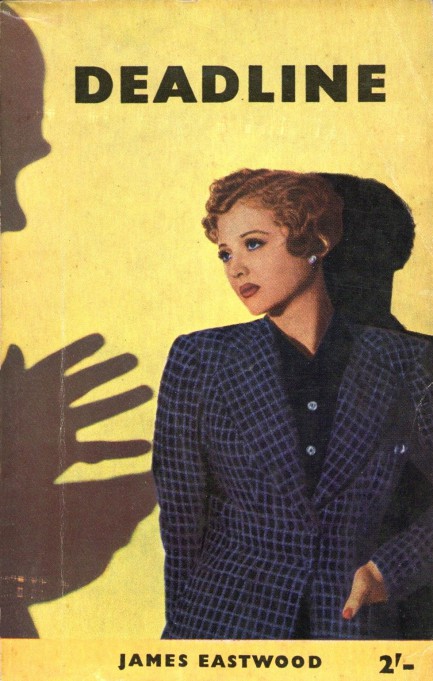
Above and below are assorted covers featuring yet another fun mid-century paperback art motif—the looming or threatening shadow. The covers are by the usual suspects—Rader, Phillips, Gross, Caroselli, Nik, as well as by artists whose work you see less often, such as Tony Carter’s brilliant cover for And Turned to Clay. That's actually a dust jacket, rather than a paperback front, but we couldn't leave it out. You’ll also notice French publishers really liked this theme. We’ll doubtless come across more, and as we do we’ll add to the collection. This is true of all our cover collections. For instance, our post featuring the Eiffel Tower has grown from fifteen to twenty-two examples, and our group of fronts with syringes has swelled from thirteen to twenty-six images. We have twenty-four twenty-six—see what we mean?—more shadow covers below, and thanks to all original uploaders.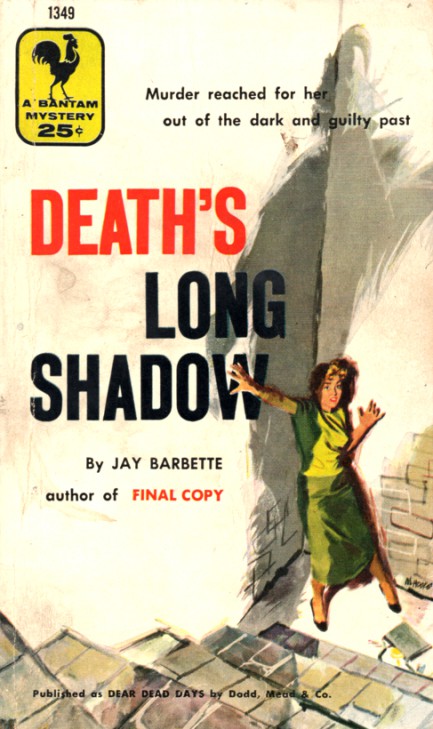
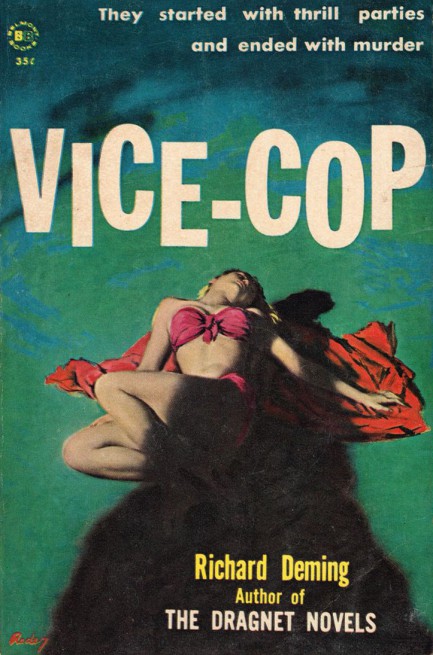
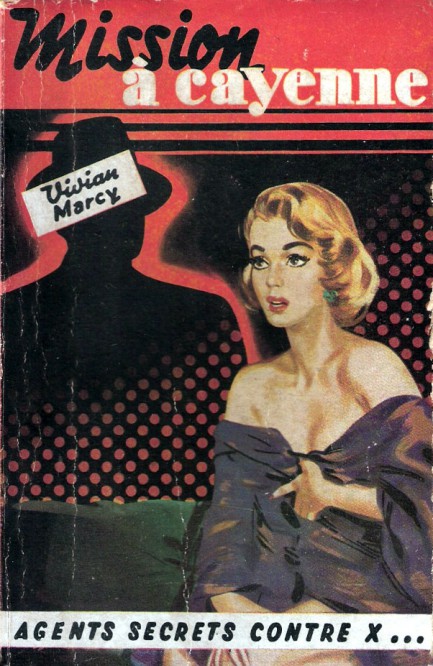
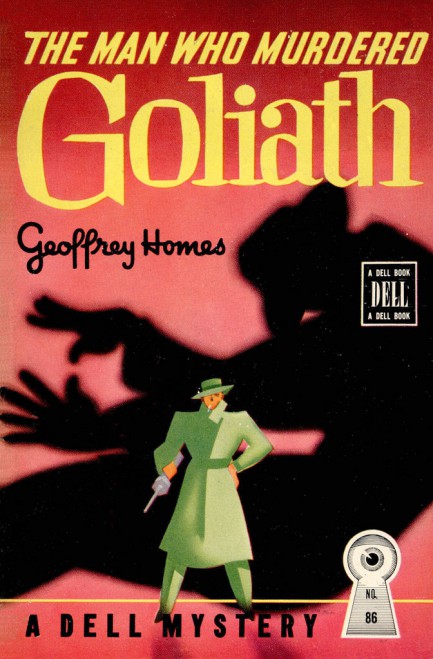
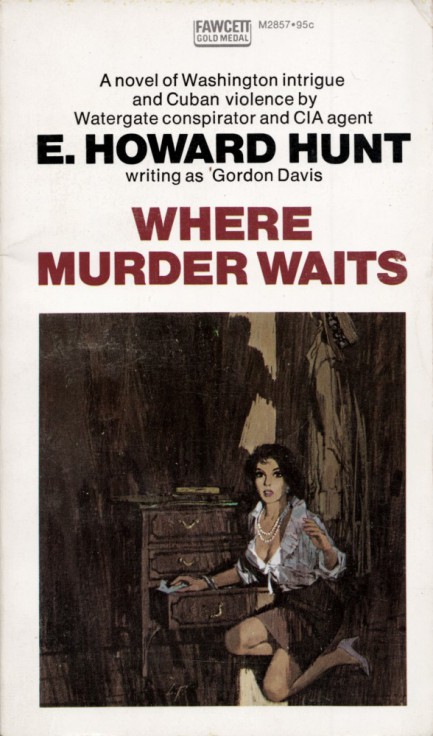
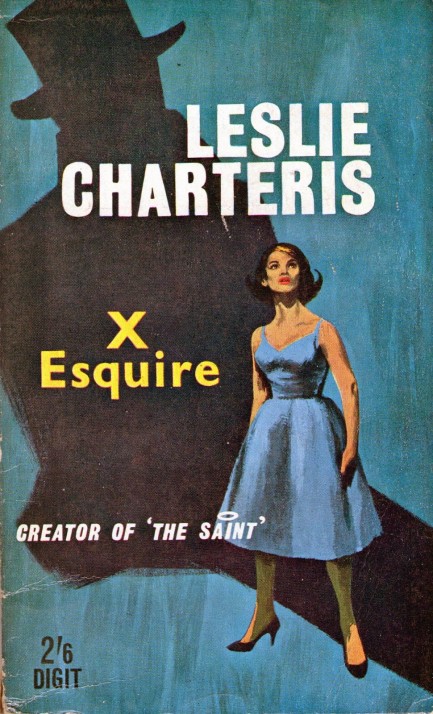
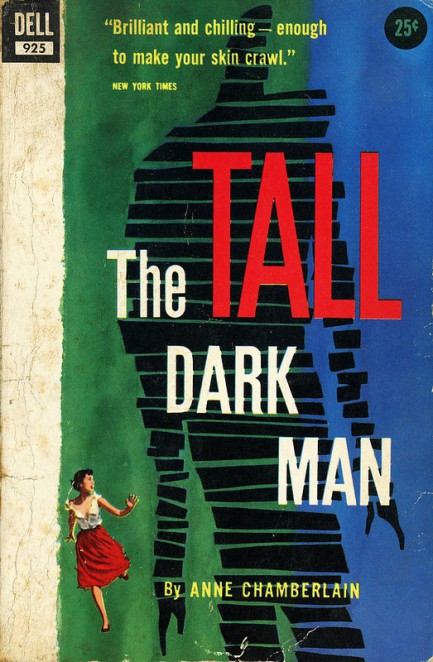
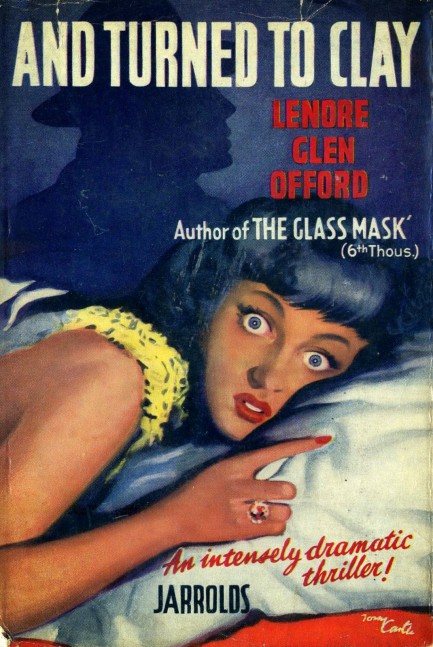
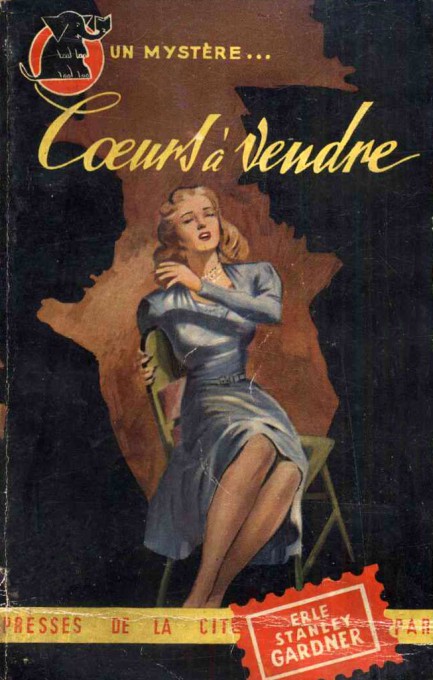
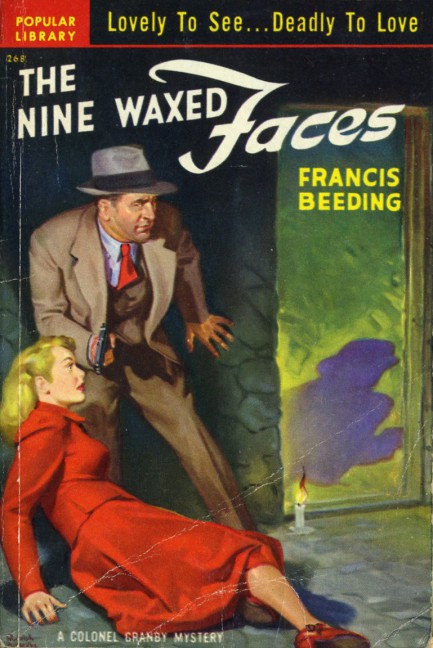
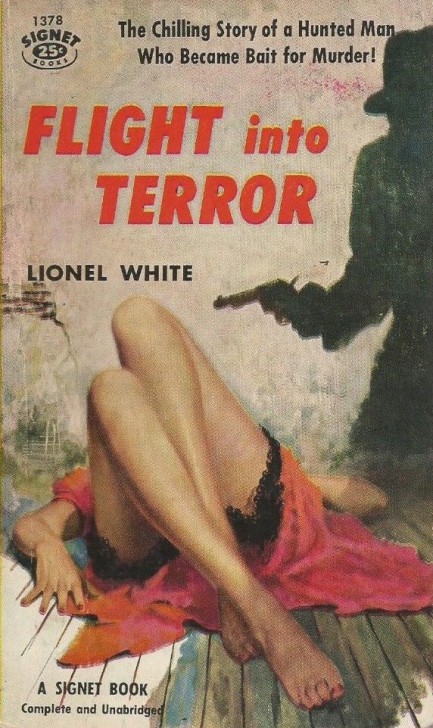
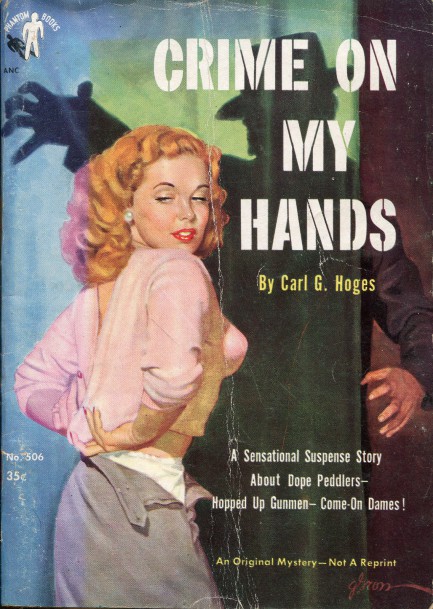
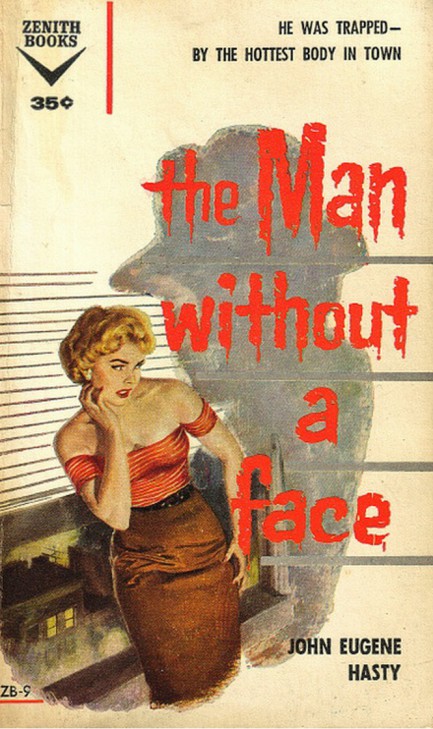
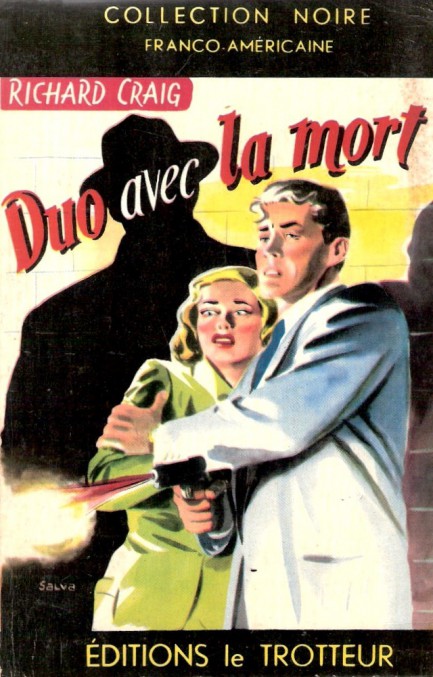
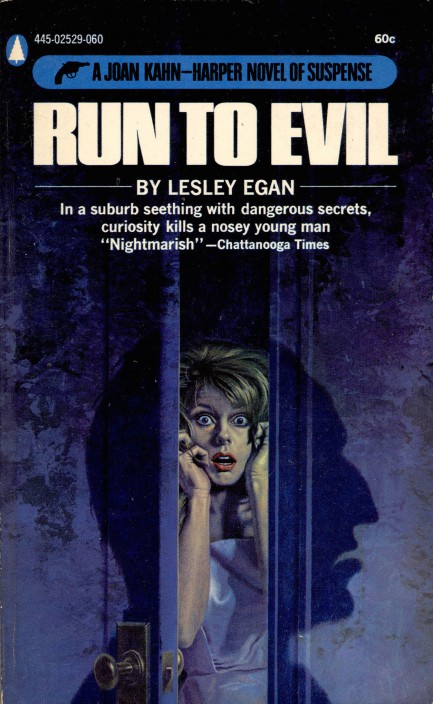
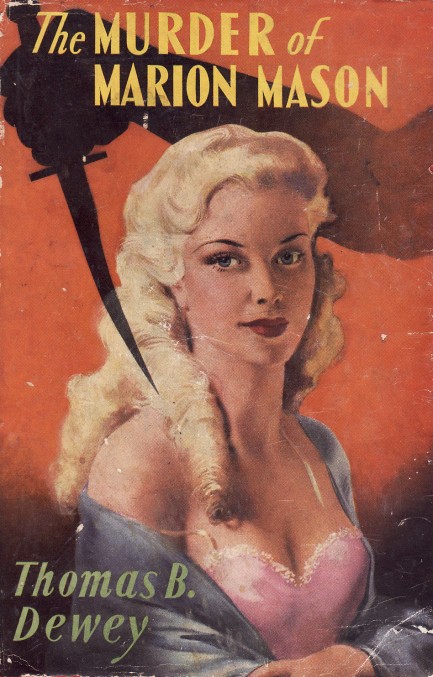
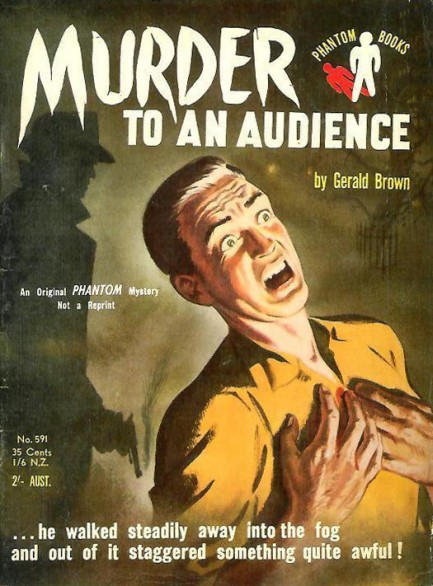
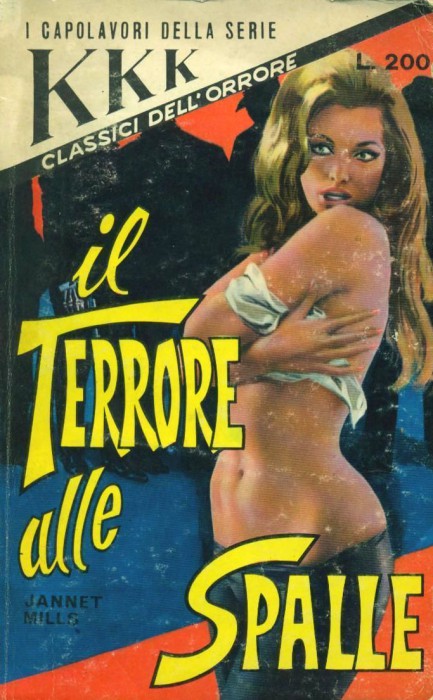
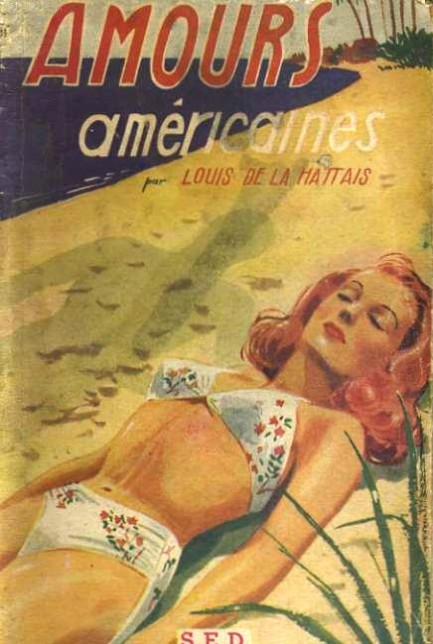

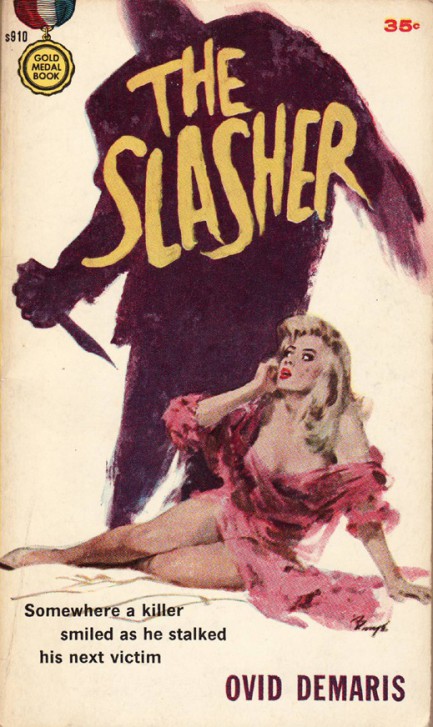
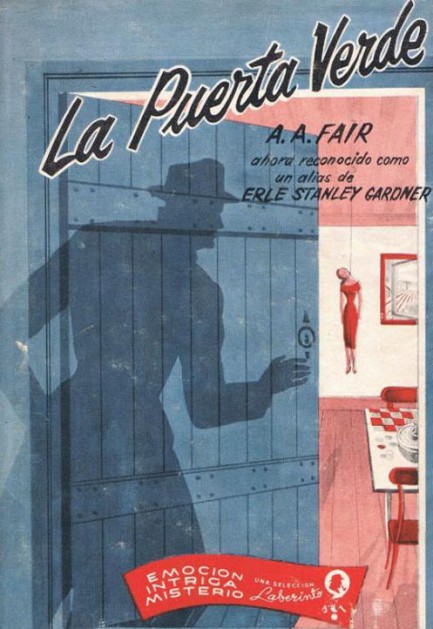
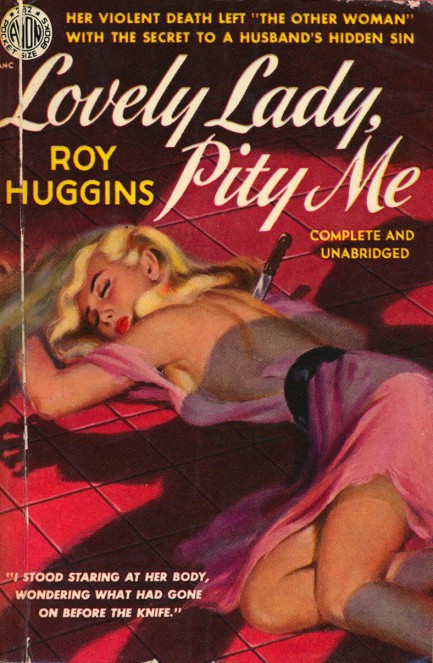
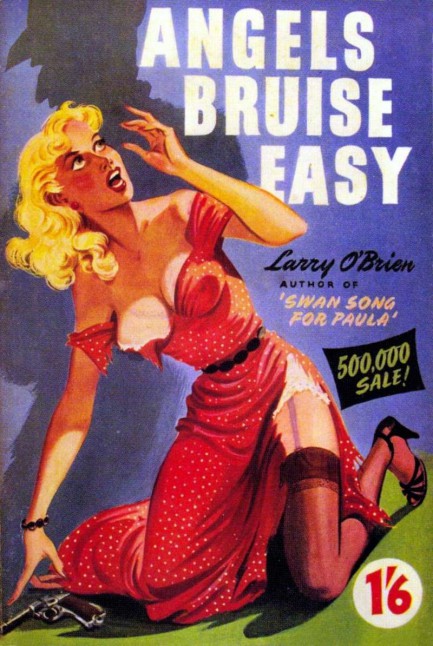
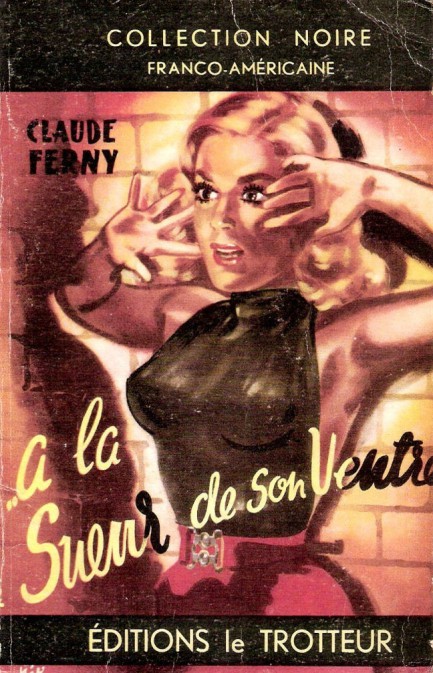
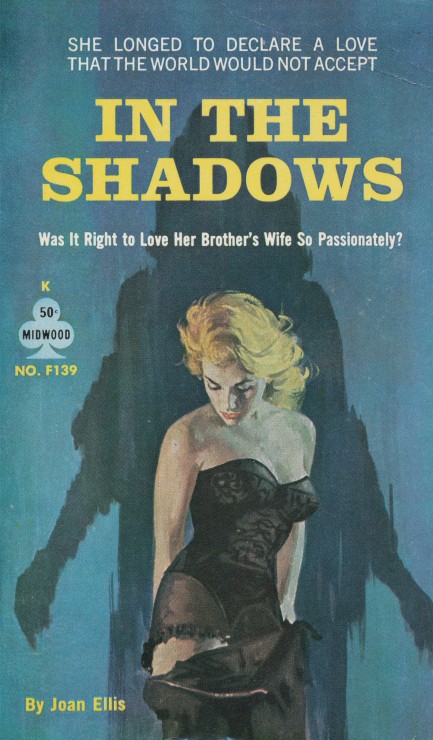
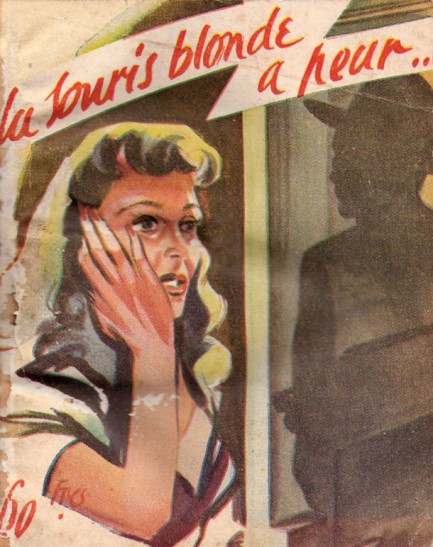
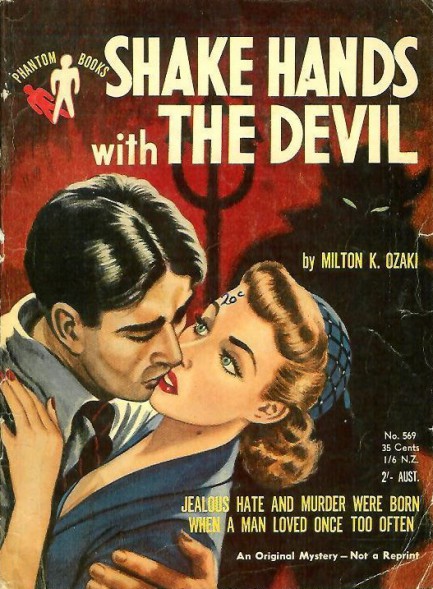
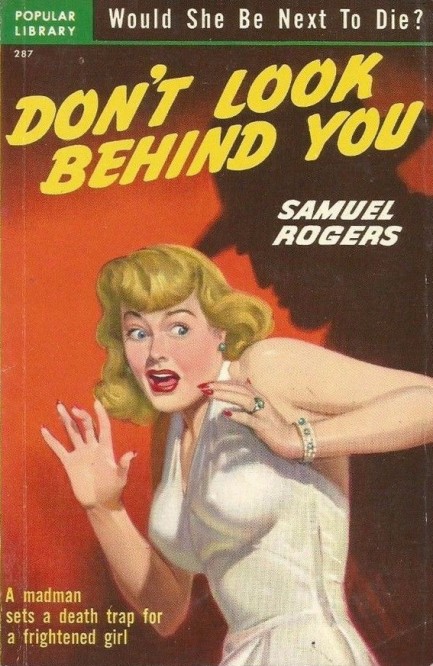
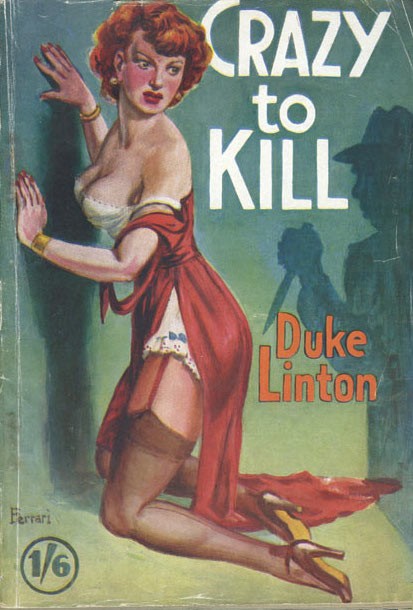
| Intl. Notebook | May 7 2013 |

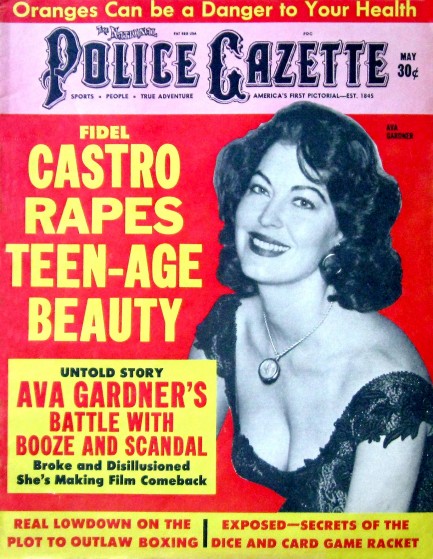
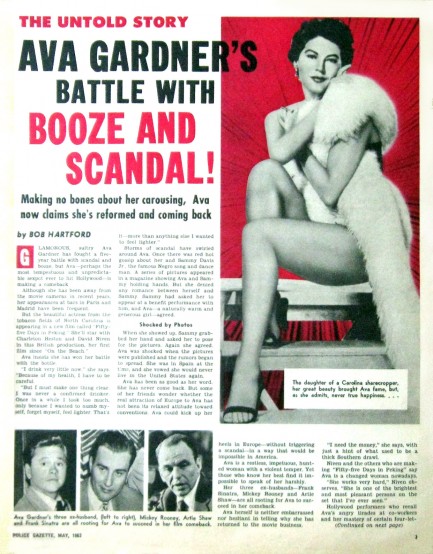
Above are a couple of scans from an issue of The National Police Gazette published this month in 1963 with cover star Ava Gardner. Gardner had been living in Spain and hadn’t been in a movie in three years, but was about to appear in the historical war drama 55 Days at Peking with Charlton Heston and David Niven. The Gazette discusses how she’d gotten fed up with the U.S.—particularly the American press. She had been particularly annoyed by the rumor that she was involved with Sammy Davis, Jr., a story that took flight after several magazines published photos of the two holding hands. When asked why she was returning to Hollywood after being out of circulation for so long, Gardner, in typically blunt fashion, replied, “I need the money.”
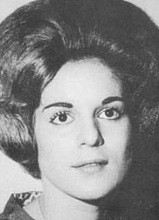 All Castro needs at that point is a Lacoste sweater and a fraternity paddle and his transformation into pure evil would be complete. But as fanciful as the story seems, Lisa really did exist. Her real name was Marita Lorenz and she was Castro’s live-in mistress for several months in 1959. While Lorenz herself never suggested she was ever raped by Castro, the two did have a falling out around the issue of her unplanned pregnancy, which was terminated in its sixth month. Lorenz later said the abortion was forced on her while she was drugged; Castro’s associates claim that she wanted it. Lorenz went on to join anti-Castro activists in the U.S., and on a fundraising visit with the deposed Venezuelan dictator Marcos Pérez Jiménez, became involved with him. She was still traveling to and from Cuba, and was recruited by the CIA for a Castro assassination attempt. But instead of poisoning his food, like she’d been instructed, she abandoned the plot, supposedly because she still felt strongly for him. Lorenz later wrote about all this in two autobiographies.
All Castro needs at that point is a Lacoste sweater and a fraternity paddle and his transformation into pure evil would be complete. But as fanciful as the story seems, Lisa really did exist. Her real name was Marita Lorenz and she was Castro’s live-in mistress for several months in 1959. While Lorenz herself never suggested she was ever raped by Castro, the two did have a falling out around the issue of her unplanned pregnancy, which was terminated in its sixth month. Lorenz later said the abortion was forced on her while she was drugged; Castro’s associates claim that she wanted it. Lorenz went on to join anti-Castro activists in the U.S., and on a fundraising visit with the deposed Venezuelan dictator Marcos Pérez Jiménez, became involved with him. She was still traveling to and from Cuba, and was recruited by the CIA for a Castro assassination attempt. But instead of poisoning his food, like she’d been instructed, she abandoned the plot, supposedly because she still felt strongly for him. Lorenz later wrote about all this in two autobiographies.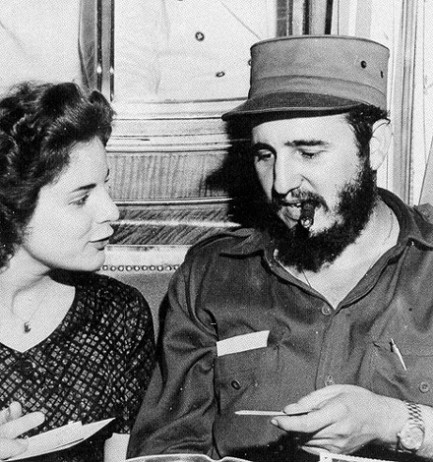 raise a red flag with American congressmen, though these things have no bearing on whether she was telling the truth. It’s interesting though, isn’t it? You’d think that if a single man of his own accord assassinated another man the surrounding circumstances wouldn’t be so… labyrinthine. Yet lurking near the supposed black swan event of the Kennedy killing were double-agents like Lorenz, spooks like E. Howard Hunt, underworld figures like Eladio Ceferino del Valle and others. Just saying. In any case, we’ll have more from the Police Gazette and more on Fidel Castro soon.
raise a red flag with American congressmen, though these things have no bearing on whether she was telling the truth. It’s interesting though, isn’t it? You’d think that if a single man of his own accord assassinated another man the surrounding circumstances wouldn’t be so… labyrinthine. Yet lurking near the supposed black swan event of the Kennedy killing were double-agents like Lorenz, spooks like E. Howard Hunt, underworld figures like Eladio Ceferino del Valle and others. Just saying. In any case, we’ll have more from the Police Gazette and more on Fidel Castro soon.| Intl. Notebook | Vintage Pulp | Feb 4 2012 |

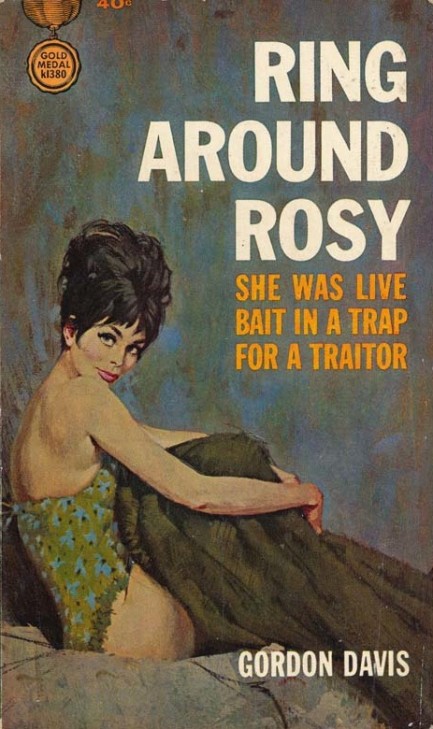
Today we have a cover for the 1964 espionage novel Ring Around Rosy, and normally, what would be of the most interest here is yet another perfect piece of art by Robert McGinnis, but in this case we have an author whose life may have been even more rife with danger and intrigue than those of his characters. Many of you probably already know that Gordon Davis was in reality E. Howard Hunt, who was involved in the Watergate Hotel scandal which led directly to the toppling of Richard Nixon’s presidency, a landmark moment in the American psyche because it represented a loss of political innocence for millions of citizens. But that all came later, when Hunt was pushed unwillingly into the light after the bungled Watergate operations. What makes him fascinating is everything that came before.
E. Howard Hunt was a dedicated writer in his early years, and after winning a Guggenheim fellowship, went on to publish as the aforementioned Davis, as well as Robert Dietrich, and David St. John. He joined the CIA in 1949, and was stationed in Mexico City along with William F. Buckley. While there, he helped plan the overthrow of Guatemala’s president Jacobo Arbenz, which brought about unrest that funneled into a civil war in which 200,000 people were killed, about 90% of them civilians. A few years later Hunt helped to create a Cuban government-in-exile that would take over that island after Fidel Castro was ousted by U.S.-backed Bay of Pigs insurgents. The invasion didn’t come off as planned, though, and the fallout was damaging enough that Hunt needed to rehabilitate his career.
He took a position as chief of the CIA’s illegal domestic spying branch the Domestic Operations Division shortly after its formation in 1962 by John F. Kennedy. The idea behind the Division was to spy on enemies inside the U.S., which ostensibly meant acting against foreign embassies that might be harboring spies, but in a classic—and inevitable—example of mission creep, pretty soon the Division began illegally spying on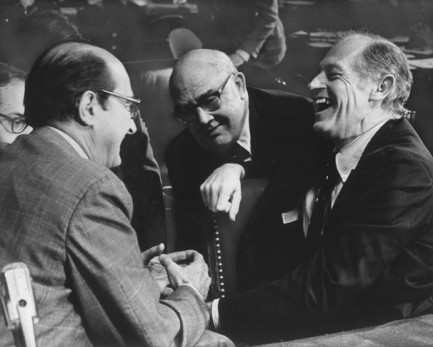 American citizens, specifically civil rights activists. After a couple of years Hunt was re-stationed in Mexico City, where sources claim he had dealings with Lee Harvey Oswald in the time leading up to Kennedy’s assassination. Hunt categorically denied ever meeting Oswald, though he later made revelations regarding Kennedy. In any case, being on the government payroll wasn't what he wanted to do anymore—he never got over his anger at Kennedy’s refusal to invade Cuba or overthrow Castro—so he decided to get into the private sector.
American citizens, specifically civil rights activists. After a couple of years Hunt was re-stationed in Mexico City, where sources claim he had dealings with Lee Harvey Oswald in the time leading up to Kennedy’s assassination. Hunt categorically denied ever meeting Oswald, though he later made revelations regarding Kennedy. In any case, being on the government payroll wasn't what he wanted to do anymore—he never got over his anger at Kennedy’s refusal to invade Cuba or overthrow Castro—so he decided to get into the private sector.
This eventually led to him becoming a member of Richard Nixon’s Special Investigations Unit, aka the White House Plumbers, which were both fancy names for the collection of men who were the President’s secret fixers. This was exactly the sort of off-the-books work Hunt had been seeking. It allowed him to remain in the black ops game, but freed him from accountability to layers of career bureaucrats. Under Nixon’s direction and that of White House Special Counsel Charles Colson, Hunt broke into various residences—in violation of both property and spying laws—looking for dirt on people such as reporter Daniel Ellsberg and politician Teddy Kennedy. He was also involved in disinformation campaigns, such as forging fake cables suggesting that John F. Kennedy had ordered the assassination of foreign officials, and trying (but failing) to link a would-be assassin to Democrats by planting George McGovern campaign material in the house of Arthur Bremer, the man who shot conservative politician George Wallace.
We’ve drifted pretty far away from the subject of Ring Around Rosy (which by the way is an adventure concerning Cuba, as were several of Hunt's books), but let’s drift a bit farther, and make this point: isn’t it fascinating that in an age in which so many conspiracies have been documented and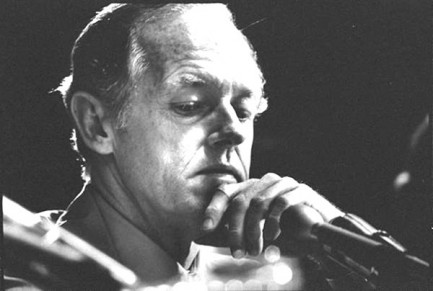 verified, people are still afraid to believe behind-the-scenes machinations are what really make the planet go ’round? Hunt's dirty tricks are all a matter of record, and had profound effects on international affairs, yet many would like to believe he is a rarity. But whether we're talking about hushed meetings in political backrooms or secret get-togethers between bankers at private clubs, conspiracies are the engine of the world. It isn’t a nice realization, but it’s a logical one.
verified, people are still afraid to believe behind-the-scenes machinations are what really make the planet go ’round? Hunt's dirty tricks are all a matter of record, and had profound effects on international affairs, yet many would like to believe he is a rarity. But whether we're talking about hushed meetings in political backrooms or secret get-togethers between bankers at private clubs, conspiracies are the engine of the world. It isn’t a nice realization, but it’s a logical one.
Hunt wrote novels throughout his black ops years, but as time wore on often used his literary gift to grind axes, modeling characters after men he hated. For example, JFK appeared thinly disguised in the 1972 political potboiler The Coven, in which a youthful, charismatic, Catholic presidential candidate is a secret Devil worshipper (Graham Masterton later used a similar idea in his spectacular horror novel The Hell Candidate with Ronald Reagan as his model). The quality of Hunt’s fiction had declined since his Guggenheim fellowship days, according to many critics, but his name and background guaranteed sales, and still does today (as any Hunt-related internet comment chain, with their pronouncements about his “real deal tough guy” qualities, makes quite clear).
At the end of his life, Hunt dropped a bombshell by confessing to involvement in a conspiracy to kill John F. Kennedy. He described himself as a “benchwarmer” in the plot, i.e., somebody to be brought in if the first team failed, and named everyone involved. The confession was made to his son, which gave rise to questions about both veracity and motive. But if Hunt had confessed on the front page of the Washington Post can we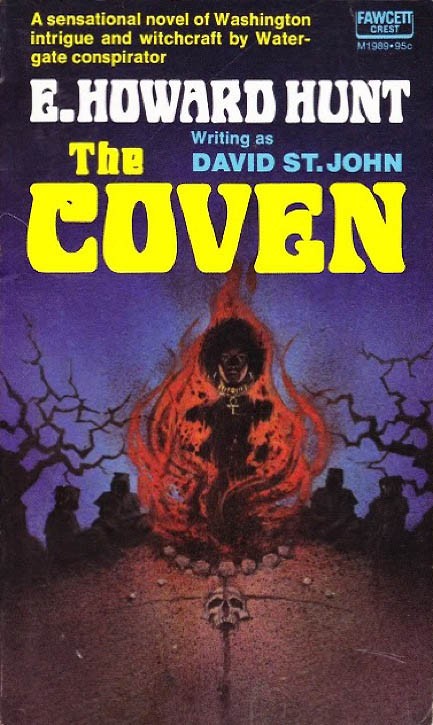 really doubt that there would still be droves of people unwilling to accept it? It makes sense, though. If Watergate stole the political innocence of millions of Americans, proof of an assassination plot by members of the U.S. government against their own president would be a national cataclysm. So Hunt’s confession is forgotten, while everything else he ever did, survives.
really doubt that there would still be droves of people unwilling to accept it? It makes sense, though. If Watergate stole the political innocence of millions of Americans, proof of an assassination plot by members of the U.S. government against their own president would be a national cataclysm. So Hunt’s confession is forgotten, while everything else he ever did, survives.
| Intl. Notebook | Sep 25 2010 |

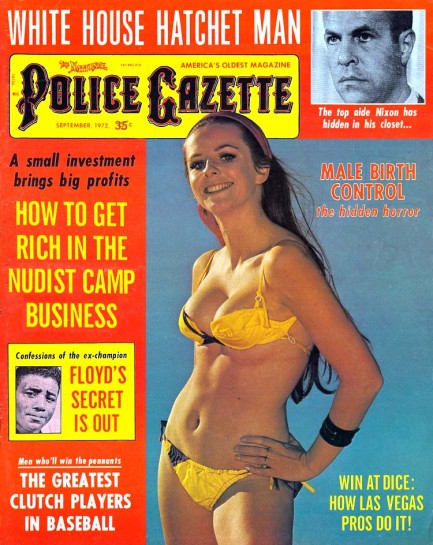
By the beginning of 1973 the strings were unraveling at the White House and Nixon was in full ass-coverage mode. In April he asked for and received H.R. Haldeman’s resignation, along with that of John Erlichman. Eventually, Haldeman went to prison, where he served eighteen months for obstruction of justice and conspiracy. Richard Nixon managed to ride out the scandal for two years, but finally resigned in August 1974. Haldeman of course wrote a book about Watergate, and in it he shed some light on what had happened, and who had failed. But he also made it clear that he had few regrets: “There is absolutely no doubt in my mind today that if I were back at the starting point, faced with the decision of whether to join up, even knowing what the ultimate outcome would be, I would unhesitatingly do it.”
